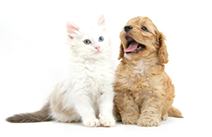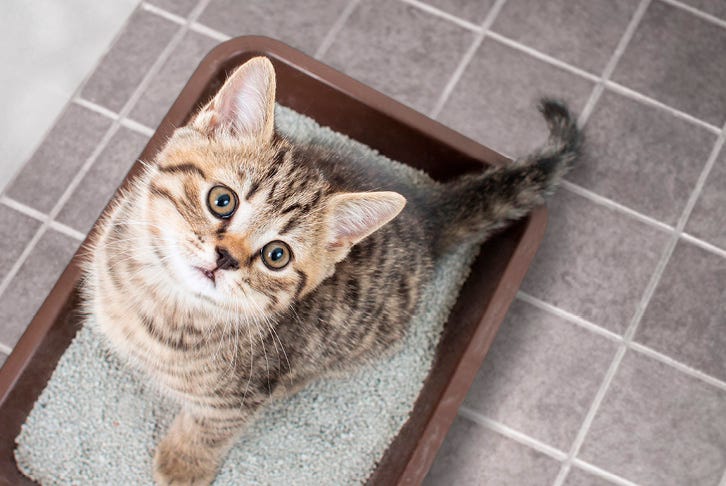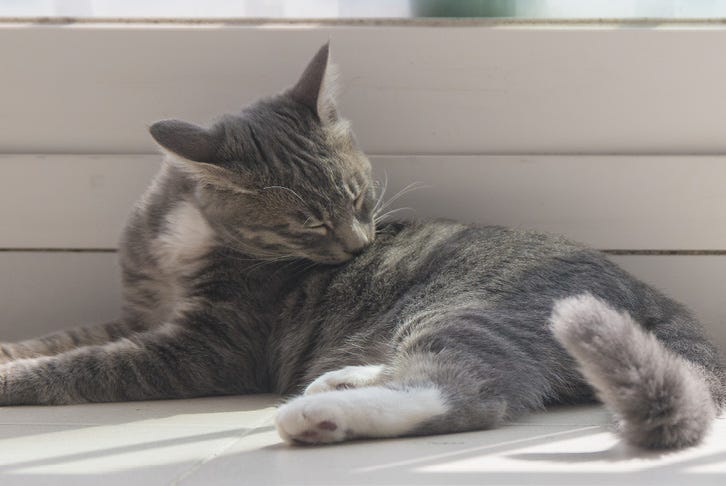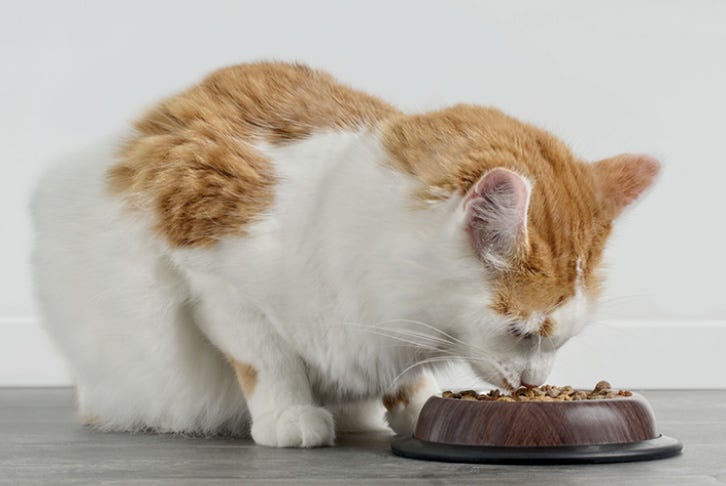Your eco-friendly guide to cat litter
Are you keen to reduce your pet’s carbon footprint? There are greener options to reach for when it comes to selecting your cat litter.
Before you change
A few considerations first: If your pet is already established in using cat litter and you want to switch to a different option, you will need to follow our step-by-step guide to making the change, as it’s not as easy as just swapping in a new choice. Cats are usually resistant to change and, whether it’s the type (clumping or non-clumping) or style (natural, clay, crystal or paper) that you’re amending, a slow but steady approach is key to getting the end result you want.
Biodegradable litters
This is a great place to start when it comes to making a green choice for cat litter. Check if the litter is biodegradable, which essentially means it can be decomposed by bacteria (or other living organisms) and therefore, cuts back on pollution. There are several options on the market that are fully biodegradable, some that are grain-based and others that are made from pine (and other materials).
Sustainability
Along with thinking about where the litter ends up, it’s important to consider where it begins. Many litters are created using sustainable methods, which is clearly more eco-friendly. Pine litters are often created using sustainable pine sources – these are wood shavings compressed into pellets and are very absorbent and good for absorbing odour.
Recycling
There will come a time when your litter will need to be dumped altogether, but consider if it is already on its ‘second life’ when you get it, thus limiting its footprint. Recycled paper litter is usually made from ink-free recycled paper and is chemical-free and ultra-absorbent.
Compost
Some more natural litters can be used for compost – which makes them an excellent eco-friendly choice. Most natural grain-based, recycled paper and pine litters can be dug into the garden to break down after use, minimising landfill. However, be sure to check the disposal instructions on the packaging first to check if it’s suitable for composting.
Making a difference
While you can’t stop your cat from creating waste altogether – nor would you want to – together, you and your pet can make eco-friendly options that will help lessen the impact on the environment. Check out our eco-friendly litter range, online or in store.









